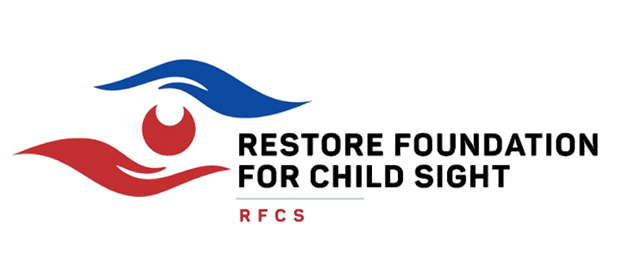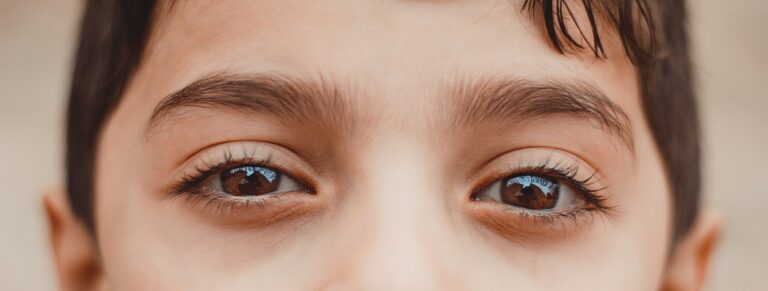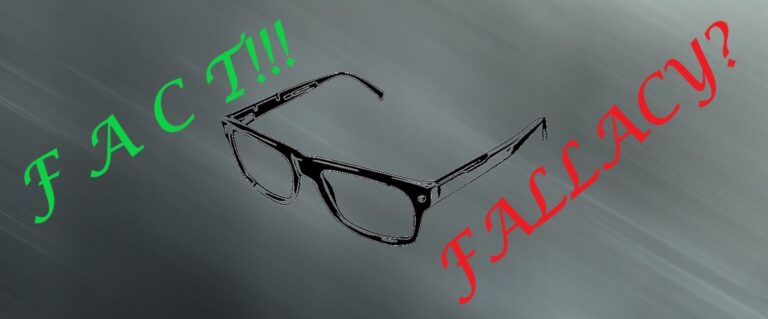Squint in Children
Squint
Squint refers to a misalignment of the eyes. In other words, one or both eyes deviated in the straight ahead position of gaze. This may involve one or both eyes, and its occurrence may be constant or intermittent, occurring on and off.
A squint may be present at birth. Many newborns are born with misaligned eyes and the majority become aligned within 2 months. However it may persist, raising concerns. One or both eyes may be displaced inward (esotropia), outward (exotropia), upward (hypertropia) or downward (hypotropia).
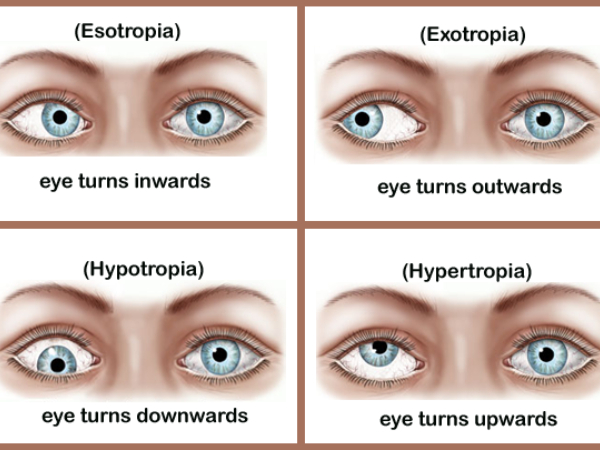
Causes of Squint
Squints may occur due to immaturity and a disbalance of the eye muscles or due to poor vision. Poor vision may result from physical factors which obstruct vision such as cataracts, scars on the cornea, tumours (such as an eye cancer) in the eye and abnormalities of the retina or optic nerve amongst others. Poor vision may also be as a result of refractive errors such as short-sightedness, long-sightedness or astigmatism. In addition, certain diseases of the brain or other conditions which affect the brain and its associated structures may lead to poor vision and squint. This may occur with meningitis or brain abscess.
Significance
A squint may indicate the presence of a potentially life-threatening disease such as an eye cancer called retinoblastoma. It is therefore pertinent to have any squint properly assessed by a Paediatric Ophthalmologist to ensure any such occurrence gets appropriate therapy before it becomes fatal. There may exist other treatable conditions such as cataracts and certain eye infections whose treatment quickly restores vision which may lead to significant resolution of squint. Squints may resolve with spectacle use in certain situations. However, surgical correction of squint may be required to achieve resolution. Surgery strengthens and/or weakens eye muscles to achieve a balance, leading to improved alignment of both eyes. This allows development of binocularity and allows optimal visual functioning.
Effect of lack of alignment of eyes
- Lack of binocularity of vision. Such people have no depth perception. In other words, are unable to see objects in 3D (3 Dimensional perspective). This will render such a person unable to handle certain professions such as being a surgeon, a pilot, photography, the military and others.
- In situations where the eye deviation constantly involves one eye, it leads to amblyopia (lazy eye) in that constantly deviating eye. In this situation, the vision in the eye becomes and remains low, being unable to compete with the better eye visually. If untreated, this becomes a permanent functional defect.
- Psychologically, the presence of a squint can cause some degree of depression and lack of confidence in youngsters due to name-calling amongst peers.
Summary
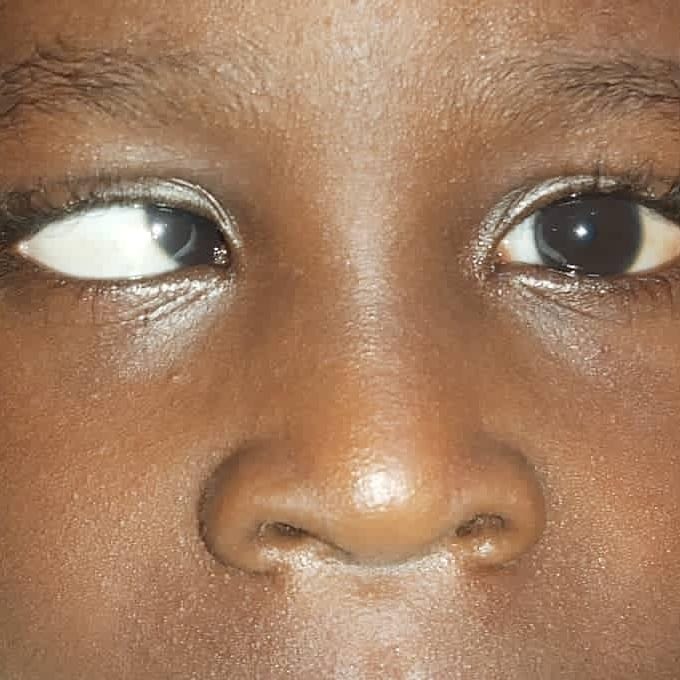
- Squint is a misalignment of one or both eyes, deviated while looking in a straight ahead direction.
- It can be due to poor vision or an imbalance of the eye muscles.
- It may be a sign of a potentially life-threatening eye cancer
- It requires prompt evaluation by a Paediatric ophthalmologist.
- Therapy may require medical treatment, spectacle use or surgery.
- The earlier squint is resolved, the better the chances of having proper visual functioning.
